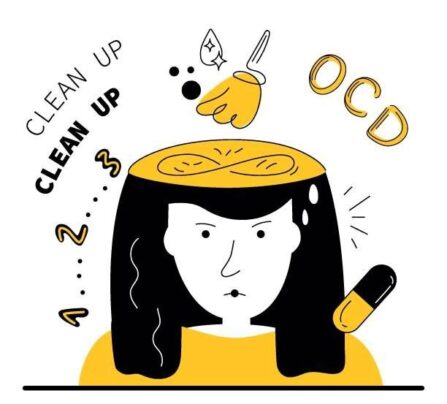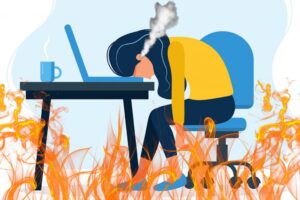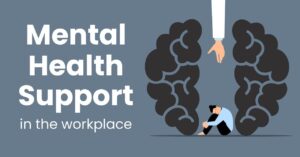Was the stove on when I left the house, or did I forget to turn it off?
“My hands are filthy and contaminated with pathogens. Did I wash my hands after going to wash my hands when the faucet was dirty?
Nope. When I was finished, my hands became dirty again, and I closed it this way. “I’ll give myself a secondhand wash. “I am departing and getting on a transportation.” I must use caution. Harassment is prevalent everywhere. When I get on the bus, I make sure no one is seated behind me so he can’t reach out and touch me from behind. Or rather, there’s a woman seated behind me. The woman got up as the man sat down.
For these obsessions and compulsions to be considered OCD, they must be extremely severe, taking up more than an hour each day, and significantly impairing social, occupational, or other relevant areas.
The intensity of the preoccupation can differ greatly. Even while some people may have serious concerns about germs, this doesn’t stop them from working and going about their regular lives. Some become housebound due to the illness’s paralysis of movement.
The causes of compulsive behavior in OCD
Although the exact cause of OCD is still unknown, it is thought to be brought on by a combination of genetic, neurological, behavioral, cognitive, and environmental factors.
– genetic elements Family research has shown that obsessive-compulsive disorder often runs in families, indicating a possible hereditary component.
Controlling obsessive-compulsive disorders
OCD can be well treated, and there are many choices available, making it a tolerable condition. Most often, psychotherapy, medication, or a combination of the two are used to treat OCD.
1. CBT, or cognitive behavioral therapy: CBT, especially exposure and response prevention (ERP), is seen to be the most effective kind of psychotherapy for OCD sufferers. ERP comprises exposing people to frightening objects or situations gradually in addition to refraining from compulsive behaviors that are commonly used to reduce anxiety. People can learn via this process that their fears are unfounded and that they can eventually stop their compulsive activity in order to deal with their worry.
2. Medications, particularly selective serotonin reuptake inhibitors, are the primary line of treatment for obsessive-compulsive disorder.
Another college student named Bella had contamination concerns as well, which made her avoid public places and wash her hands frequently. Her compulsions were so severe that she was forced to take a sabbatical from her studies. Following a methodical cognitive behavioral therapy approach, Sarah was able to reduce her compulsions and confront her concerns, allowing her to go back to her academic goals. new research and treatment approach The field of obsessive-compulsive disorder research is continuing to shed light on the illness and reveal new treatment approaches. Finding biomarkers that will allow for more targeted and effective medicines is possible because to advancements in neuroimaging and genetics. Additionally, research is being done on the gut-brain axis and the role of the microbiome in mental health.
Websites related to the article
British Psychological Society: https://www.bps.org.uk/
National Health Service (NHS): https://www.nhs.uk/
Britmed Healthcare: https://britmedhealthcare.co.uk/
Nightingale Hospital: https://www.nightingalehospital.co.uk/




